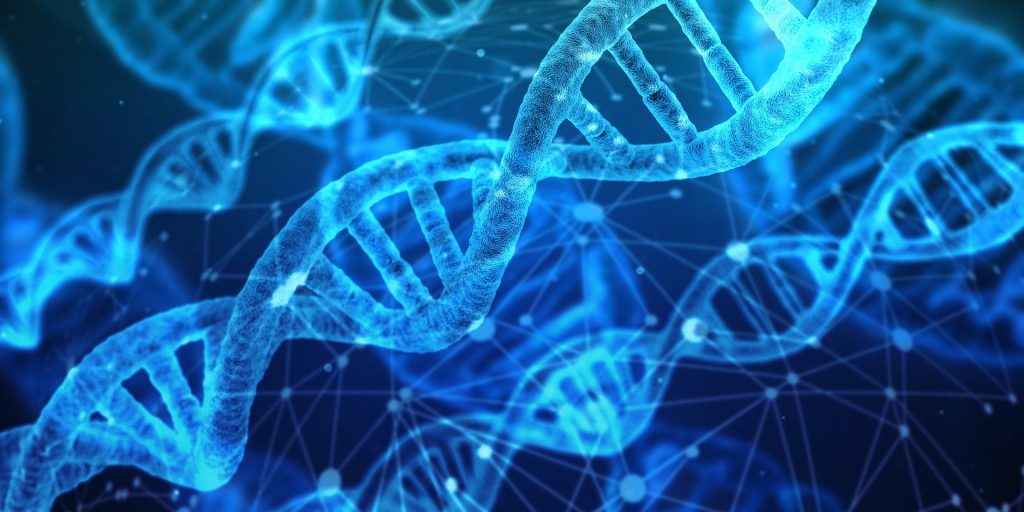On March 31, 2022, a group of scientists managed to sequence the entire human genome. And although this was actually believed to have happened years ago, 100% sequencing never really materialized. Completing the human genome is not only a great achievement for science, but also for humanity.
The dream of sequencing the human genome arose in the 1980s, and reached the first step with the launch of the Human Genome Project in 1988. Behind this goal was the Special Committee of the National Academy of Sciences (NAS) of the United States.
When they made this decision, they set the first goals that sought to achieve high-quality sequencing of human DNA. Then came more goals, such as creating physical and genetic maps of humans. The latter was achieved in the 1990s.
The US Congress gave the green light to the Human Genome Project in 1990 by approving the funding. At the time they set 2005 as the year of completion of the project. The amount they got to make it happen was $3 billion, but they only needed $2.7 billion. Another detail is that they finished it two years earlier than the scheduled date.
The first draft of the human genome was shared on June 26, 2000. The full, refined version of the genome was publicly presented on April 14, 2003. This version has not been revised and has some gaps to fill. Many of these regions are not ordered, especially the repetitive sequences.
What is a genome?
The word genome is an invention of the German botanist Hans Winkler. In 1920 this scientist decided to include the word “gene” with the suffix “-wm”, which means “the complete set”, to describe the complete sequence of DNA found inside each cell. Today researchers use the word genome to refer to the genetic material of which an organism is made.
The genome contains the complete set of genetic instructions for carrying out the activities of an entire organism. DNA molecules form part of this genetic set, which in turn contains the constituent elements: two pairs of twisted helices. Helixes are made up of four chemical units: adenine (A), thymine (T), guanine (G), and cytosine (C). These are called nucleotide bases. The bases of the spirals are paired with their corresponding contralateral. For example, adenine is always paired with thymine, and cytosine with guanine.
Of course, the human genome contains these bases, specifically about 3 billion pairs. The bases are located within the 23 pairs of chromosomes in each nucleus of all human cells.

How is it arranged?
Science has made a remarkable feat by sequencing the entire human genome. This was the result of the hard work of nearly 100 researchers from all over the world. Thanks to these scientists, the entire genome of humanity has been digitized in a publicly accessible database.
The sequencing process consists of determining the exact arrangement of base pairs in a segment of DNA. In the process, millions of parts are aligned at both ends. Here the problem arises that the sequences are repeated. For this reason, the researchers turned to a computer to proceed with linking the short sequences through a method called PGH to achieve continuous clips. This method produces a map called a BAC (Bacterial Synthetic Chromosome, for its English acronym) that represents human DNA.
The complete human genome consists of exactly 3.055 billion nucleotides distributed over 23 chromosomes. To perform this sequencing, the researchers needed to use the DNA of two different unknown volunteers.
What does that mean to humanity?
What is to come for scientific research is a challenge, especially for the medical sciences. From now on, you can think about developing new effective diagnostic tools. All in order to understand the health needs of people by studying the individual genetic makeup. This leads to the assumption that in the future there will be new treatments for diseases that are more effective than current treatments.
Science aspires to new preventive medicine through individual analyzes based on each person’s genome. Thanks to these developments, the possible presence of diseases in living organisms will be known in advance.
In addition, it will lead to collaborative work between multidisciplinary teams, which will include engineering, computer science, biology, medicine and other sciences that are willing to participate in the search for multiple science targets based on the human genome.
Step by step we are entering a new era of human health. Although it is still difficult to understand the scope of these discoveries, the truth is that sequencing the human genome has revolutionized all of science.
references:
How the 100% Human Genome Was Sequenced for the First Time (and Its Implications): https://www.bbc.com/world/news-60954655
The code for the human genome is finally complete: https://theconversation.com/the-code-of-the-human-genome-is-finally-complete-180511
panda thumb thread: https://twitter.com/Pulgar_Panda/status/1509924443006644224?t=sWbecQd0vnmBiUwYUjA7aQ&s=09
Completing the Human Genome Project: Frequently Asked Questions: https://www.genome.gov/11510905/frequently-asked-questions
Complete sequencing of the human genome: https://www.science.org/doi/10.1126/science.abj6987

“Social media evangelist. Student. Reader. Troublemaker. Typical introvert.”

:quality(85)/cloudfront-us-east-1.images.arcpublishing.com/infobae/TEQF6EONZRFGLLLDIDD4L2O4EE.jpg)

:quality(75)/cloudfront-us-east-1.images.arcpublishing.com/elcomercio/XU32LRAEZFDDPNVHLFU3CKVBYY.jpg)



More Stories
Venezuela ranks fourth in female leadership in science and technology in Latin America
In Portuguesa and Sucre they explore the wonderful world of science
The university court overturns the expulsion of two teachers and a chemical sciences student